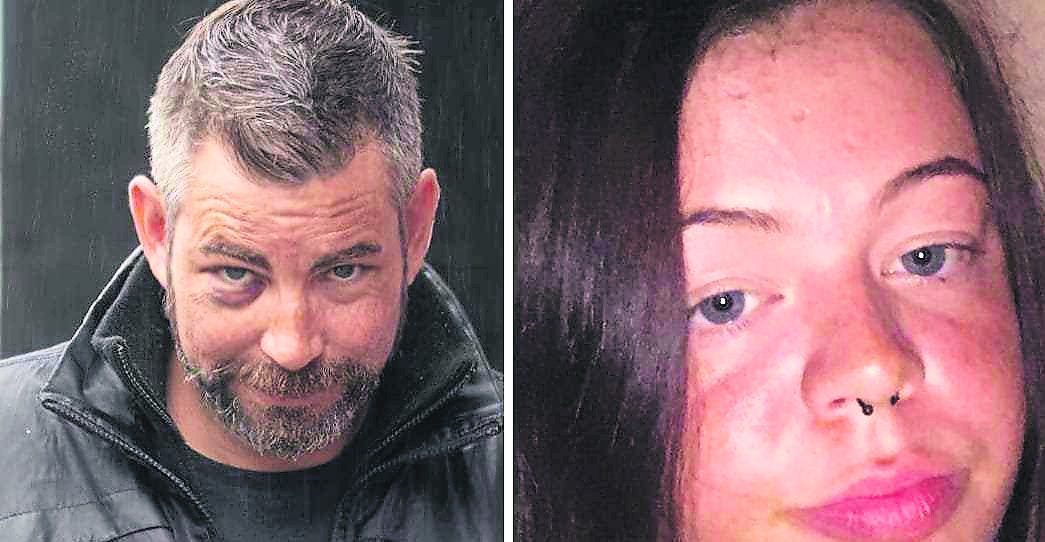A geologist has told a murder trial that she used Google Street View to help identify the possible source of a bloodied rock that was allegedly used to fracture a pensioner’s skull before his body went over the cliffs at Sliabh Liag in Donegal.
Dr Sophie O’Connor told the court that a rock, which showed a “strong similarity” to the alleged murder weapon, was visible in a wall on Street View in 2021 but was missing from the alleged scene of the assault in 2023.
She also told the trial it is “highly unlikely” that the bloodied rock found by gardai came from the Sliabh Liag cliffs area.
The rock, which the Central Criminal Court previously heard contained blood and hairs with DNA matching the deceased man Robert ‘Robin’ Wilkin, was found by gardai near a viewing point at the top of the spectacular cliffs.
The prosecution alleges that Alan Vial (39) and Nikita Burns (23) assaulted Mr Wilkin as part of a joint enterprise to cause him serious harm before putting his body over the cliff near the viewing point. They both deny murder.
In his garda interviews, Mr Vial said he “winded” Mr Wilkin by striking him in the stomach and then placed the pensioner over a fence about four metres from the edge of the cliff. When the rock was shown to the accused, he denied using it to strike Mr Wilkin, saying they used it in an effort to prevent him from rolling.
Dr O’Connor, of Geological Survey Ireland, told prosecution counsel Bernard Condon SC that gardai investigating Mr Wilkin’s death asked her to assess the likelihood that the rock could have naturally made its way to where gardai found it at the top of Sliabh Liag.
Dr O’Connor described the 3.5kg rock as a “cobble” consisting of moderately pure quartzite, tapering in thickness, with lichen staining and a wrinkled surface like corrugated cardboard. Having inspected rocks at the top of Sliabh Liag, including those found in walls at the nearby carpark, she concluded it was “highly unlikely” it was sourced from that area and “extremely likely” it was transported there by human activity.
Dr O’Connor said she inspected an area on Roshin Road, between Sliabh Liag and Killybegs near where the prosecution has previously said it is likely Mr Wilkin was assaulted. The geologist found a wall built using rocks that were similar in composition to the rock shown to her by gardai and with similar lichen staining.
She noted an area of the wall where a rock appeared to be missing and discovered on Google Street View that in 2021 the rock was present. The rock visible on Street View showed a “strong similarity” to the bloodied rock in shape, size, curvature, surface features and lichen staining, she said.
She concluded that it was possible the rock came from that wall.
Alan Vial of Drumanoo Head, Killybegs, Co Donegal and Nikita Burns of Carrick, Co Donegal, have both pleaded not guilty to the murder of 66-year-old Robert ‘Robin’ Wilkin in Donegal on June 25, 2023.
Following Dr O’Connor’s evidence, Mr Justice Paul McDermott told the jury of seven women and five men that the prosecution has now concluded its evidence. Closing speeches will begin on Monday, he said.










